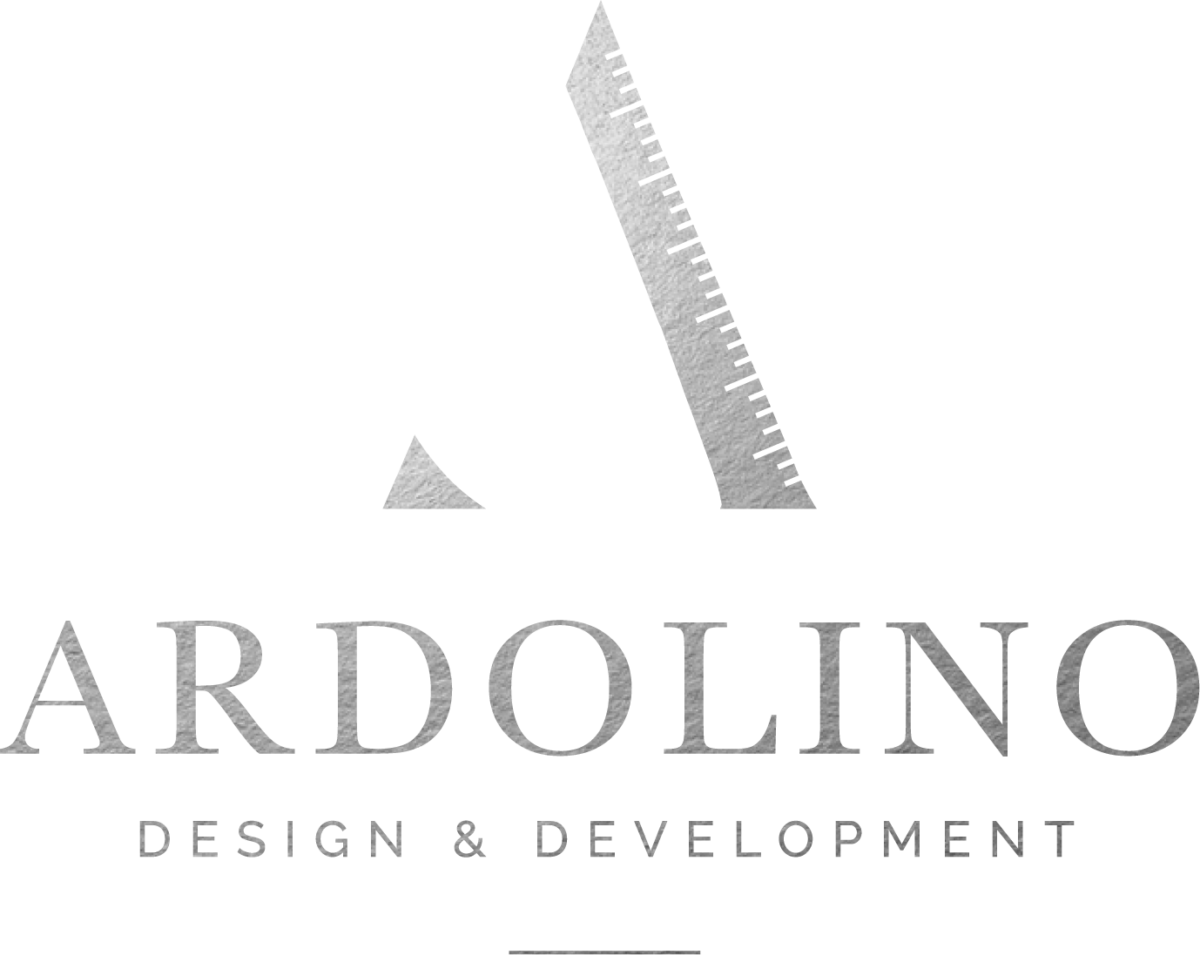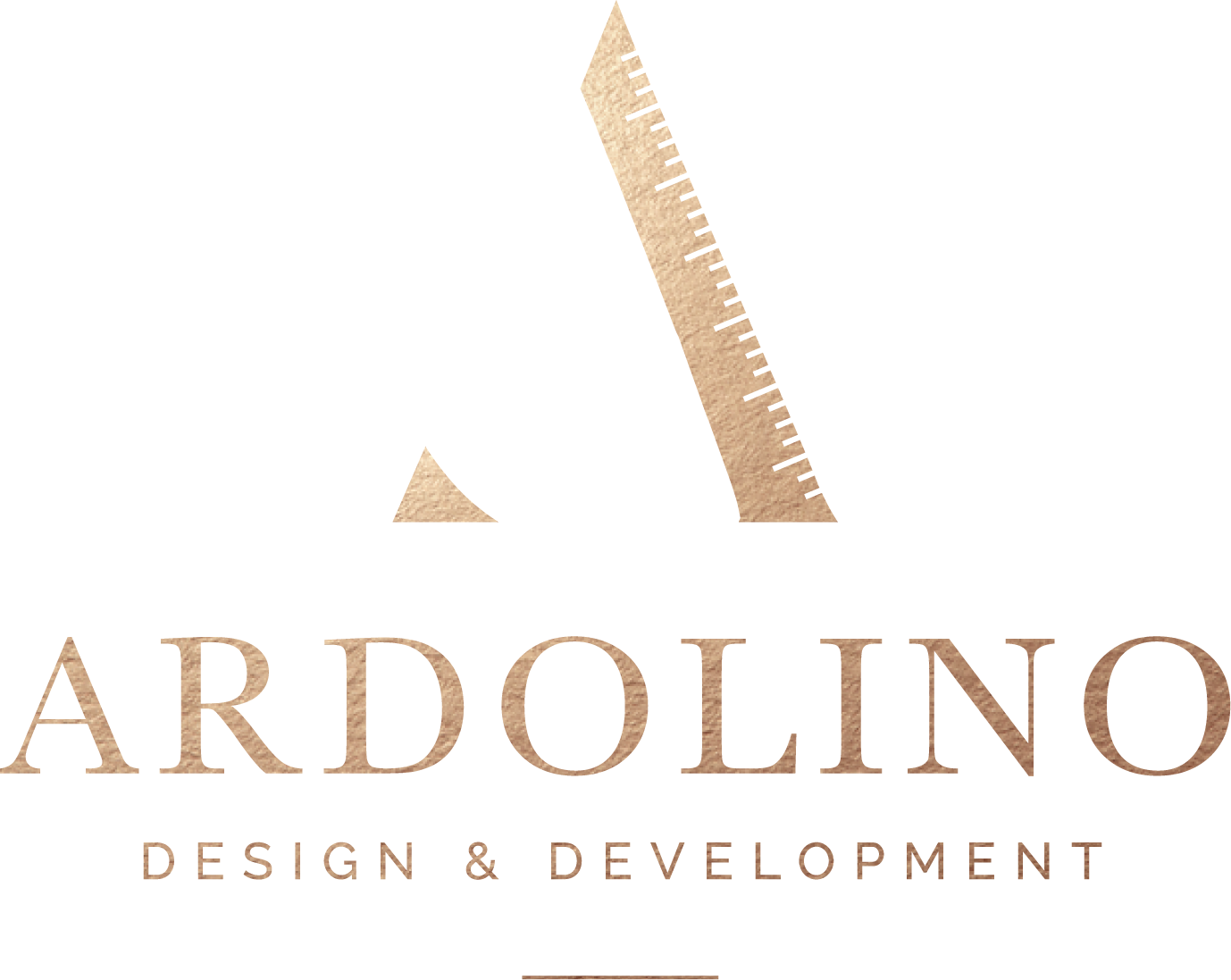In today’s society, global warming stands at the forefront of our environmental challenges, with greenhouse gases causing natural temperature fluctuations to intensify at an accelerated pace. As the Earth’s temperature rises, the impacts on our ecosystems and daily lives become increasingly evident. At home, however, we seek comfort and peace above all else. Our homes serve as sanctuaries—a refuge from the forces of the outside world. Yet “home” is not merely the house we live in. For most of us, home is defined by the presence of love and family. Above all, we strive to provide a stable, nurturing environment where our families can grow, gather, and thrive together. Designing an energy efficient home is an investment into more than a comfortable lifestyle, its an investment in your families future.

Historical Techniques
The concept of building energy-efficient homes might seem like a modern revelation, sparked by the environmental concerns publicized during the 1970s global warming discussions. However, sustainability techniques have been practiced and refined for millennia, dating back to the age of the caveman. Early humans intuitively sought south-facing caverns that absorbed the winter sun during the day, retained warmth at night, and provided shade from the summer sun—an early example of passive solar design.
Historical ingenuity in sustainable design is perhaps most famously illustrated by the Colosseum in Rome. If you’ve visited or read about this architectural marvel, you’ve encountered examples of advanced environmental strategies. Beneath the structure, a network of tunnels, caverns, and shafts connected to a nearby river, leveraging the natural cooling effect of running water. According to the principles of thermodynamics, rising hot air created a vacuum that drew cooler air through these subterranean passages, effectively cooling the arena—an ancient precursor to modern air conditioning.
Adding to this innovation, operable solar canopies were installed to regulate the Colosseum’s temperature. These canopies directed airflow and helped maintain comfort within the vast stadium. This level of innovation wasn’t unique to the Romans. Across the globe, countless civilizations have harnessed natural conditions and strategic design to achieve comfort and energy efficiency, whether through ventilation systems, thermal mass, or site orientation. These historical practices serve as a reminder that sustainable design has deep roots and continues to inspire modern advancements.

Landscaping Techniques
Landscaping offers a creative and practical way to improve energy efficiency. For example, planting a deciduous tree on the south side of a building can provide seasonal benefits. In summer, its lush foliage shades the building, reducing cooling demands. In winter, when its leaves have fallen, sunlight can reach the building, naturally aiding in heating. Similarly, strategically placing coniferous trees can block harsh winter winds while channeling refreshing summer breezes toward the building.
Even the orientation of a building plays a significant role in energy efficiency, influencing how it interacts with sunlight, wind, and temperature fluctuations. Energy efficiency and sustainability extend far beyond the active technologies we often associate with energy-conscious solutions. Thoughtful design and natural elements work hand-in-hand, providing long-term, passive benefits that are as effective as they are beautiful.

Modern Techniques
Designing an energy efficient home with Solar panels, geothermal technology, wind turbines, and hot water collection systems are all excellent additions, but they rely on mechanical (active) technology to function properly. In contrast, as exemplified by the Romans, passive strategies harness natural means to lower our carbon footprint. The most effective energy-efficient homes strike a harmonious balance between these two approaches.
Key components of such homes include high-value insulation to minimize energy loss, thermal mass materials like brick, stone, or cement to regulate temperature, and heat recovery systems that provide fresh air without compromising efficiency. Features like large windows (fenestrations) allow light and solar radiation to enter, while light shelves direct sunlight deeper into living spaces. Thoughtfully positioned landscaping, clerestory windows, optimal home orientation, and natural ventilation all enhance passive energy benefits.
On the active side, technologies such as solar panels, solar water collection systems, greywater (including stormwater) collection systems, and geothermal technology—using the Earth’s consistent underground temperature to heat or cool water—integrate seamlessly to further boost efficiency. Each element, whether passive or active, works in unison to produce, retain, and distribute energy efficiently throughout the home, delivering a clean, comfortable, and sustainable living experience. Together, they form a unifying and elegant composition, an orchestra of functionality that maximizes both innovation and nature’s resources.
Resource Techniques
The architectural community has established several standards to guide architects, engineers, and designers in designing an energy efficient home and achieving energy-efficient and sustainable designs thresholds.
LEED (Leadership in Energy and Environmental Design)
One of the most well-known frameworks is the LEED (Leadership in Energy and Environmental Design) certification, developed by the U.S. Green Building Council (USGBC). LEED provides a comprehensive checklist and point system for integrating energy-efficient techniques, with bonus points awarded for innovative and advanced solutions. Professionals and real estate developers frequently use LEED to earn credentials, design buildings, and implement sustainable architectural practices.
Living Building Challenge
Another significant benchmark is the Living Building Challenge, which adopts a performance-based approach for the entire site. Unlike LEED, which focuses on anticipated outcomes, the Living Building Challenge evaluates whether the architecture and site achieve specific performance goals.
Net Zero
Zero Energy Buildings represent one of the most stringent standards. These buildings are designed to produce as much, if not more, energy than they consume right from the start of construction, making them a pinnacle of energy-efficient design.
Passive House
In recent years, the Passive House standard has emerged as another key measure. Similar to the Living Building Challenge, Passive House emphasizes performance-based design but specifically targets the functional efficiency of the building itself, such as minimizing energy demand for heating and cooling.
In my professional opinion, Passive House is an excellent standard to aspire to when designing an energy efficient home, particularly if your project prioritizes energy efficiency and high-performance design. It represents a thoughtful and attainable pathway for creating buildings that are both sustainable and functional.
Passive House
The Passive House standard focuses on creating ultra-energy-efficient living environments through a combination of advanced design and technology. Key principles include a super-insulated building envelope, high-performance windows and doors, and an airtight structure to eliminate energy loss through leaks. Mechanical ventilation systems with heat recovery ensure fresh air circulation while minimizing thermal energy waste. Additional features, such as high-efficiency hot water systems, thermal bridge-free construction, and specialized software to model and mitigate energy losses, are integral to the approach.
When these cutting-edge systems are combined with traditional passive strategies—like optimal orientation, strategic landscaping, and thermal mass—and shaped into a sleek, contemporary design, the result is a state-of-the-art living experience. Such a home not only delivers superior comfort and significant energy savings but also embodies sustainability, fostering a deep sense of harmony between your household and the planet.
With a Passive House, you, your loved ones, and your family can enjoy a space that is as nurturing as it is efficient, confident in the knowledge that every moment spent in your home contributes positively to the world. It’s a living solution where functionality meets elegance, offering both creature comforts and the assurance of a brighter, greener future.




